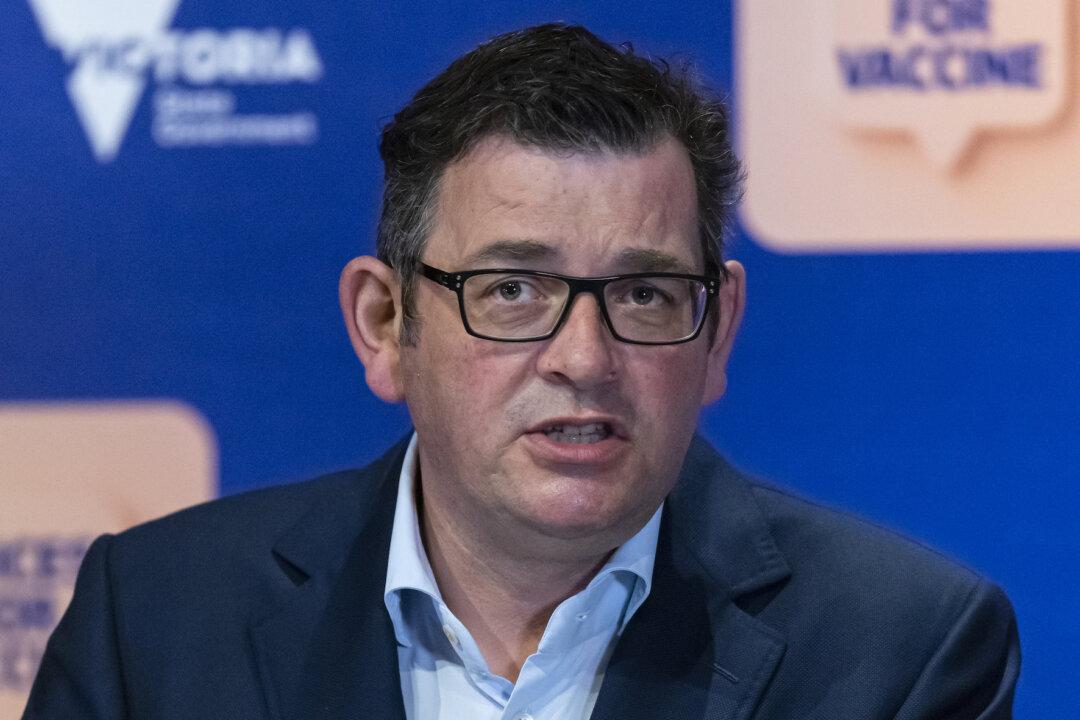Victorian Premier Daniel Andrews has publicly apologised for the state’s triple zero call delay failure that directly led to 33 people dying.
The Victorian inspector-general for emergency management investigated the state’s emergency call response performance during COVID-19, where demand for the triple zero line surged.





